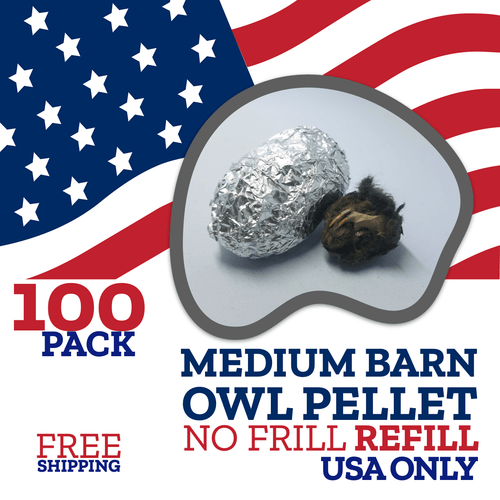|
Did you see the owl right away?
Camouflage is an adaptation that allows animals to blend in with their surroundings. It’s a key to survival for both predators and prey.
Owls have two major methods of camouflage:
The colors and the pattern of their feathers help them hide in plain sight. Snowy owls are white to blend in with their snow-covered habitats, while great horned owls have brown markings that allow them to disappear against a tree trunk.
Tufts are feathers that stick straight up from the head. They may look like ears, but they’re not! They resemble branches or twigs and are perfect to blend in with a tree. Not all owls have tufts, though. Those that don’t will raise the feathers on their face to try and get the same effect.
|



